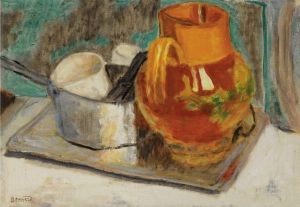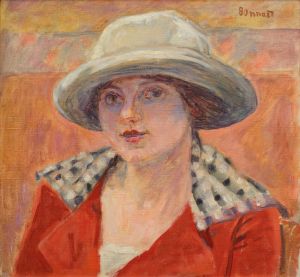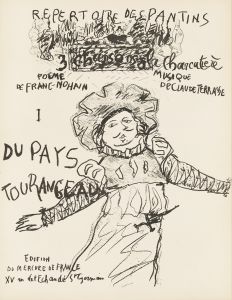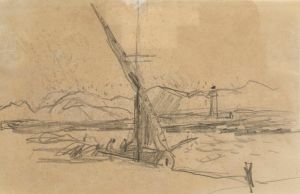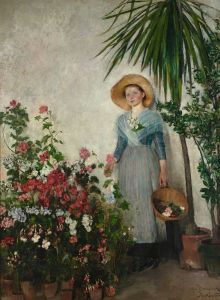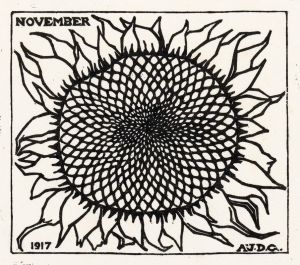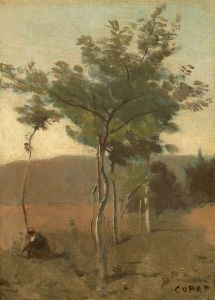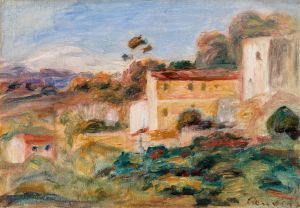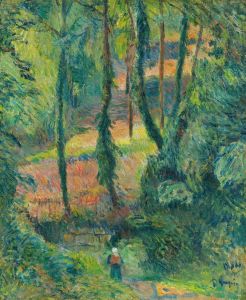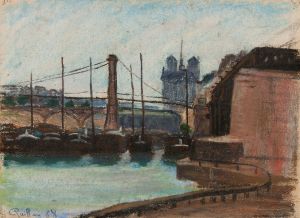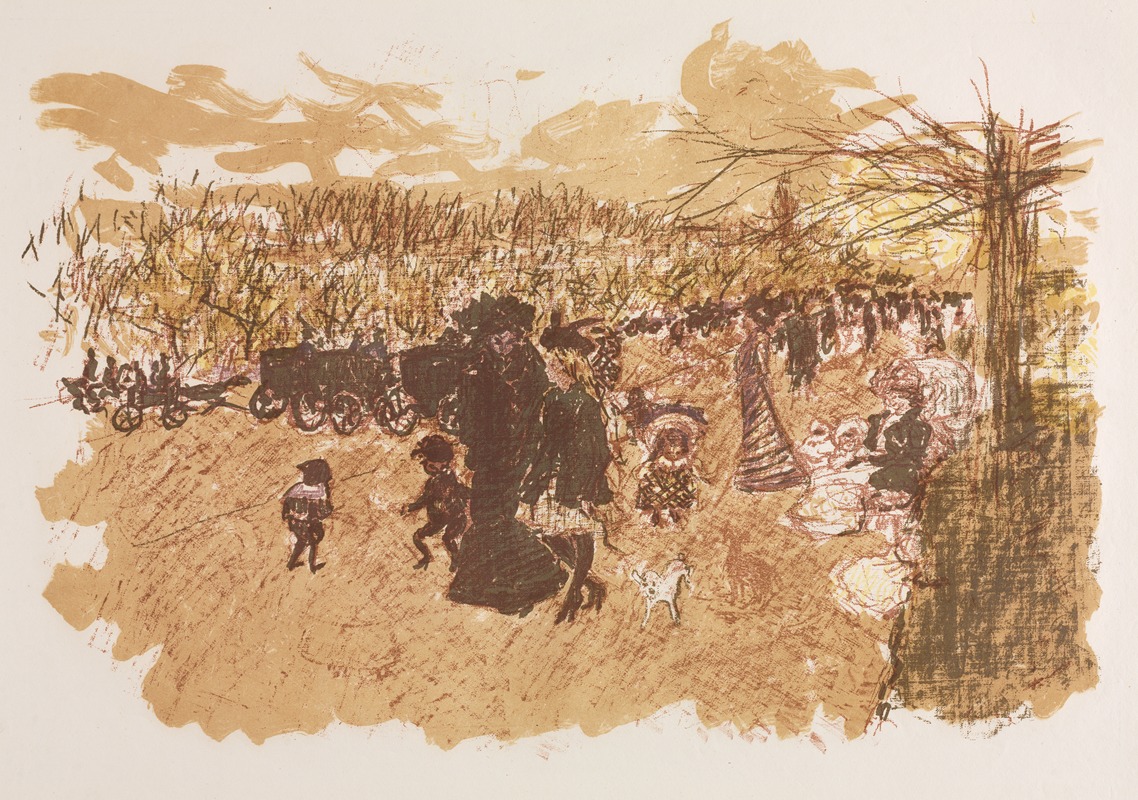
Avenue du Bois de Boulogne
A hand-painted replica of Pierre Bonnard’s masterpiece Avenue du Bois de Boulogne, meticulously crafted by professional artists to capture the true essence of the original. Each piece is created with museum-quality canvas and rare mineral pigments, carefully painted by experienced artists with delicate brushstrokes and rich, layered colors to perfectly recreate the texture of the original artwork. Unlike machine-printed reproductions, this hand-painted version brings the painting to life, infused with the artist’s emotions and skill in every stroke. Whether for personal collection or home decoration, it instantly elevates the artistic atmosphere of any space.
Pierre Bonnard's painting Avenue du Bois de Boulogne is a work created by the French Post-Impressionist artist, known for his vibrant use of color and intimate depictions of everyday life. Bonnard, a founding member of the Nabis group, often drew inspiration from his surroundings, capturing the essence of modern life in late 19th and early 20th century France.
The painting depicts the Avenue du Bois de Boulogne, a prominent and fashionable thoroughfare in Paris during Bonnard's time. This avenue, which is now known as Avenue Foch, was located near the Bois de Boulogne, a large public park on the western edge of the city. The area was a popular destination for Parisians seeking leisure and recreation, and it often featured in the works of artists and writers of the period.
Bonnard's style in this painting reflects his characteristic approach to composition and color. He often employed a flattened perspective and a decorative use of patterns, influenced by Japanese prints and the Symbolist movement. His use of light and shadow, combined with a warm and harmonious palette, creates a sense of atmosphere and movement, capturing the lively spirit of the avenue.
The exact date of the painting is not definitively documented, but it is consistent with Bonnard's works from the late 19th or early 20th century. During this period, Bonnard was transitioning from his involvement with the Nabis group to developing his own distinctive style, which focused on the interplay of light, color, and form.
While Avenue du Bois de Boulogne is not as widely known as some of Bonnard's other works, it exemplifies his ability to transform a seemingly ordinary urban scene into a vibrant and evocative composition. The painting is a testament to Bonnard's skill in capturing the fleeting moments of modern life and his dedication to exploring the possibilities of color and light.
The current location of the painting is not widely documented in public records, and it is unclear whether it resides in a private collection or a museum. As with many of Bonnard's works, it continues to be appreciated for its artistic innovation and its role in the broader context of Post-Impressionist art.






